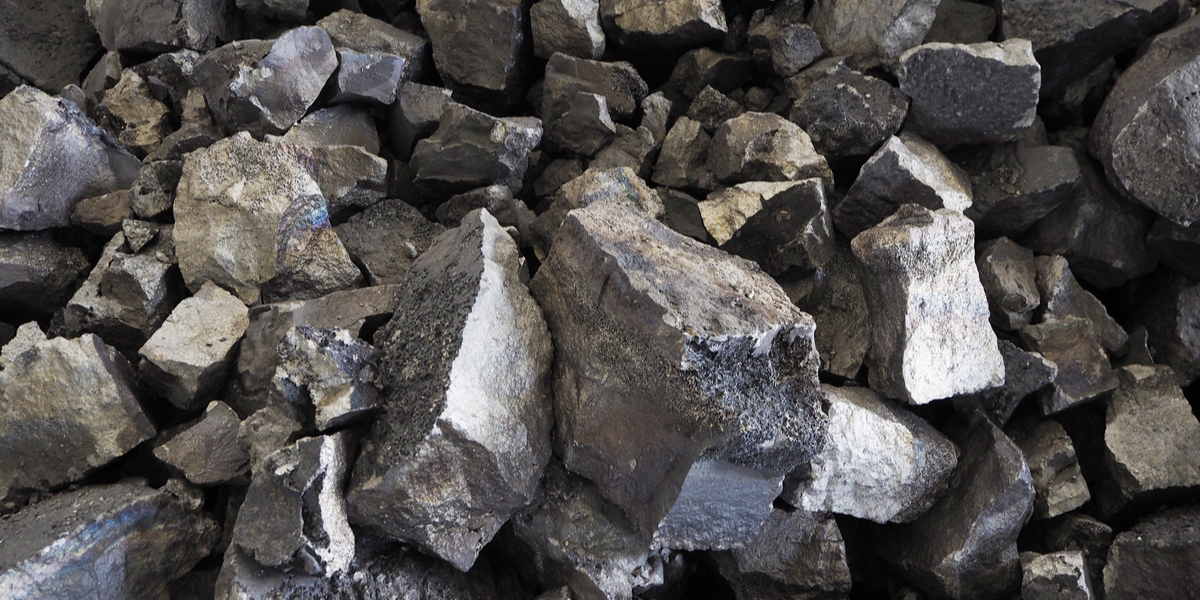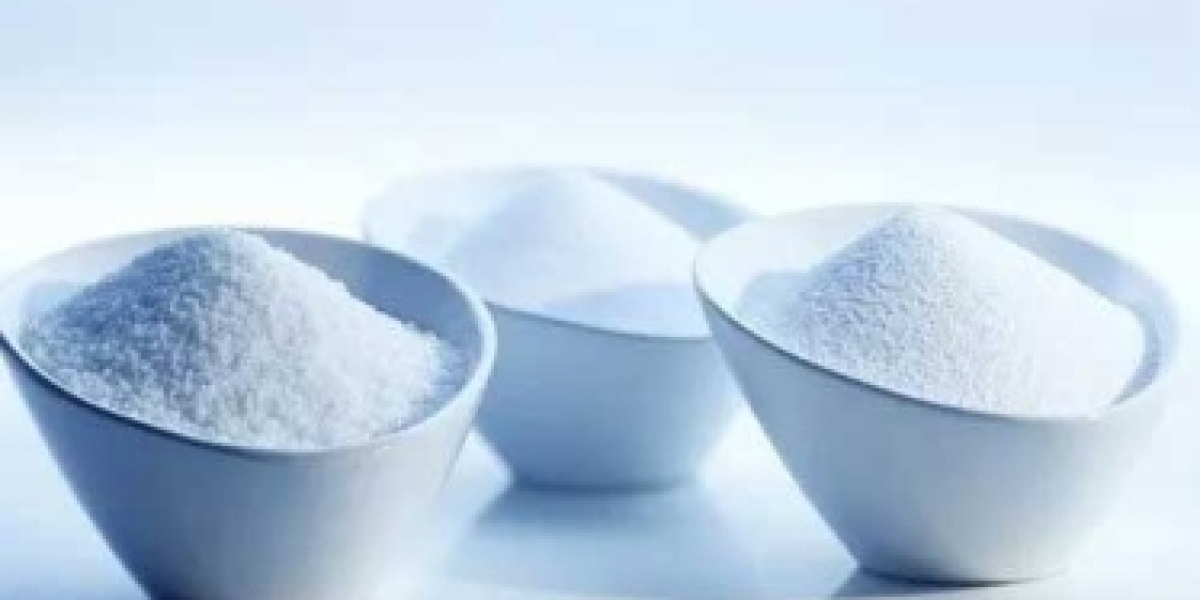Ferro manganese is a ferromanganese alloy that consists of manganese and iron. It is produced through carbothermic reduction of manganese oxide ores in a submerged electric arc furnace. Typically, it contains between 45-90% manganese and has smaller amounts of carbon, phosphorus, and sulfur. The exact composition depends on the intended end use of the alloy. During manufacturing, manganese ore is mixed with fluxes like dolomite or silica and a carbon source like coke or coal. This mixture is then melted in giant arc furnaces at temperatures over 1,000 degrees Celsius. An electric current is passed through the furnace to melt and reduce the mixture into pure liquid manganese alloy. The liquid alloy is then either cast into ingots or granulated into nodular chips for later use.
Uses in Steel Production
The primary use of itis as a source of manganese in steel production. Manganese is a key alloying element that is added to steel to improve numerous properties. It enhances steel's hardness, strength, wear resistance, and fatigue strength. Ferro Manganese also reduces brittleness in steel caused by sulfur impurities and improves the steel's machining characteristics. In basic oxygen furnace steelmaking, itis charged along with direct reduced iron, hot metal, and scrap. As the bath is oxygen lanced, manganese is oxidized and enters the liquid steel. Typical manganese additions are 0.5-2% depending on the grade of steel being produced. Manganese from it ensures the steel achieves the desired mechanical properties specified in quality standards.
Global Market and Production Trends
Asia currently dominates the global market for ferro manganese due to the large steel industries in China, India, Japan, and South Korea. China alone accounts for over 50% of worldwide consumption and production. South Africa and Gabon are notable African producers while major suppliers also include Ukraine, India, and Kazakhstan. Global ferro production was estimated at over 5 million metric tons in 2020.
Get More Insights On, Ferro Manganese









